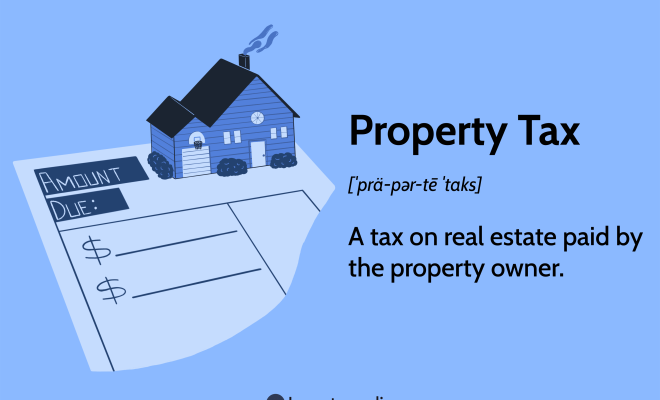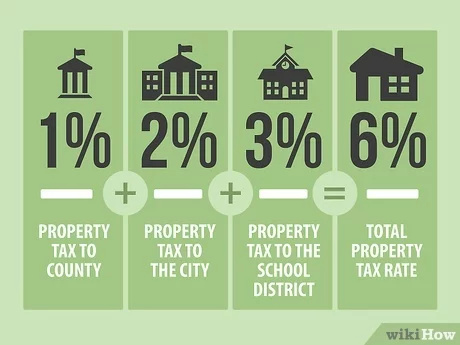How to calculate property tax rate

Property tax is an essential part of every real estate owner’s financial planning. This tax is levied by the local government on the assessed value of a property, and it helps fund services such as schools, parks, and public infrastructure. Calculating the property tax rate can be a bit confusing, but with proper guidance, you can easily understand your tax obligations. In this article, we will explain how to calculate your property tax rate and provide useful tips to help you navigate through this process.
Step 1: Determine the Assessed Value of Your Property
Your property tax calculation begins with identifying the assessed value of your property. The assessed value is determined by local government officials (usually a tax assessor) who conduct an appraisal of your property based on several factors such as location, size, age, and comparable sales in the area.
To find out your property’s assessed value, you can either look at your latest property tax bill or contact your local tax assessor’s office.
Step 2: Understand the Mill Levy
The mill levy (also known as the millage rate) is one way to express the tax rate applied to each dollar of a property’s assessed value. A mill represents $1 of tax liability for every $1,000 of assessed value. Local governments and school districts set their mill levy, and various factors such as changes in budgetary requirements and community needs may affect it.
You can determine your local mill levy by visiting either your local tax assessor’s office or website.
Step 3: Calculate Your Property Taxes
Once you have gathered both your property’s assessed value and mill levy, you can calculate your annual property taxes. To do so, divide your assessed value by 1,000 and multiply the result by the total mill levy applicable in your area.
For example:
– Assessed Value = $200,000
– Mill Levy = 100 mills
To calculate property taxes:
1. Divide the assessed value by 1,000: $200,000 ÷ 1,000 = 200
2. Multiply the result by the mill levy: 200 × 100 = $20,000
In this example, your annual property tax would be $20,000.
Step 4: Explore Possible Exemptions and Deductions
There are many exemptions and deductions available to homeowners that may reduce their property tax rates. These include primary residence exemptions, senior citizen tax relief programs, and veterans’ exemptions.
Check with your local tax assessor’s office to learn more about these exemptions and deductions and determine if you qualify for any of them.
Conclusion
Understanding how to calculate property tax rates is vital for real estate owners. By following the steps outlined in this guide — determining your property’s assessed value, establishing the mill levy, and calculating your taxes — you can confidently manage your tax obligations each year. Always be sure to explore if you are eligible for any exemptions or deductions that could lower your overall property tax bill. With proper planning and knowledge, you’ll be well-equipped to navigate the world of property taxes.






